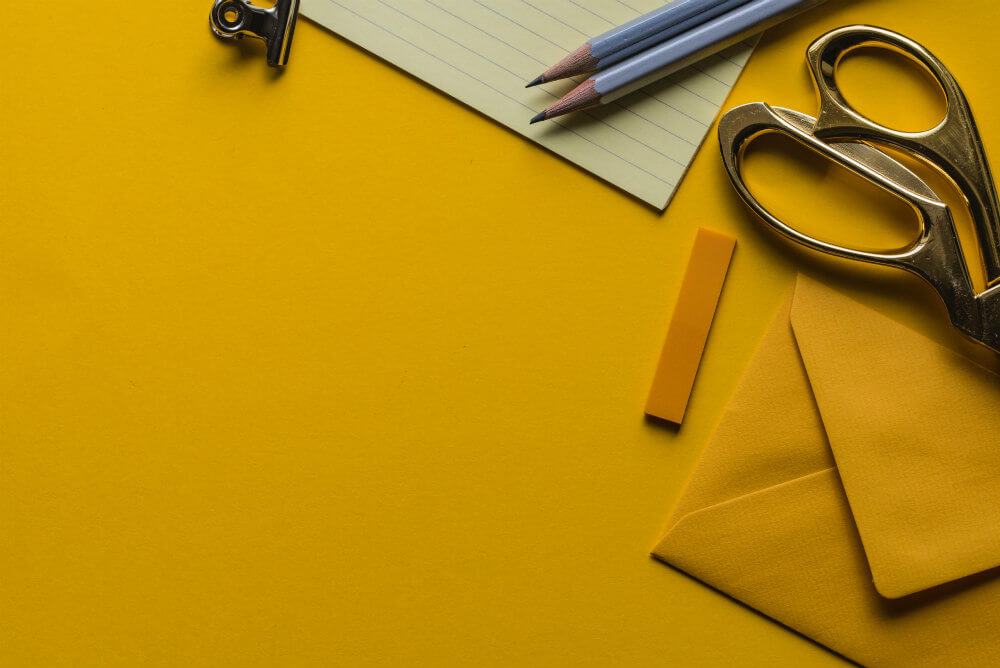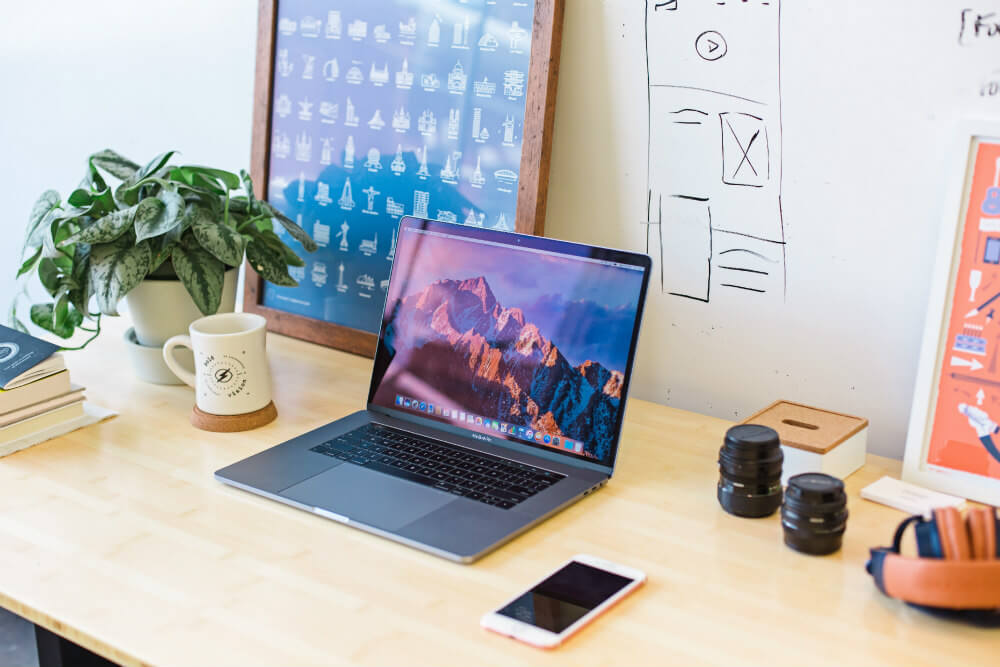If you are like most people, you probably set some goals for the new year.
Maybe you’ve started new projects or are cultivating healthy habits.
Perhaps your goal is to be more organized in the coming months, or you have goals and ambitions that will be easier to accomplish if you had a stronger personal organization system.
In fact, many of the most successful, accomplished people you know probably share the trait of being highly organized, whatever their field may be.
Personal organization is a quality that benefits everyone in managing their time and reaching their goals, regardless of what they have set out to accomplish.
With that in mind, here are some simple ways to improve your self-organization and make this a more productive year.
1. Organize your space
Whether it’s a cubicle at work or your own kitchen, psychology has demonstrated the powerful negative effects of mess and clutter.
A work or living space full of clutter or unfinished projects is associated with feelings of fatigue and depression and correlated with increased stress.
Researchers at Princeton University found that visual clutter actually distracts the mind and inhibits productive focus.
Clearing up our environment goes a long way to helping us concentrate on the tasks at hand and stay productive.

2. Find a proper place for everything
This may mean purchasing file folders, color-coded baskets, drawer dividers, or simply being attentive to the flow of traffic and clutter in your environment.
Find a proper place for everything that is closest to where it will be used or accessed, increasing the likelihood of putting things away when you are done with them.
3. Declutter a few minutes every day, focusing on trouble spots
Whether it’s at work or home, you already know where clutter is likely to accumulate.
Set aside 15 minutes every day to clear out the “to-be-filed” box, the dining room table, or the drop-everything entryway.
4. Don’t bring in more things than you can manage
For every new item of clothing, donate or recycle an old one.
Don’t buy bulk kitchen or bathroom items if you lack the storage for them.
Instead of getting emotionally attached to objects like an old toy, treasure photographs of your kids with the toy and release the physical object.
5. Organize your technology
It’s no secret that the technology designed to help us with our personal organization system can often instead become a source of clutter and distraction.
Manage your tech so that it supports you, not the other way around.
6. Master your email
Spend an hour in your email unsubscribing from newsletters and stuff you don’t read.
Set up rules to filter incoming messages into the appropriate folders where they don’t take up your time unnecessarily.
7. Master your desktop
Choose a neutral, soothing wallpaper to reduce visual clutter.
Organize your desktop to hide icons and archive old files.
Use an app like Belvedere (Windows) or Hazel (Mac) to automatically keep your desktop organized and move old items to the appropriate folders.

8. Silence notifications
It sounds simple, but it takes a little time to set your notifications up correctly so that you get notified when something is truly important but can use Do Not Disturb mode for everything else.
In both Android and iOS, you can set individual preferred contacts and then set your phone to notify you only when those people are contacting you.
Likewise, you can set app-specific notifications, so that you always get notified from Outlook, for example, but never from Facebook.
Customizing your notifications puts you in control of your device, allowing you to concentrate when you need to.
9. Organize your thoughts
Assuming you can carve out a few minutes a day to tidy up and use a personal organization system to manage tasks and priorities, organizing your work can be fairly simple.
But how do you organize your thoughts?
10. Don’t procrastinate
Feelings of being overwhelmed often lead to procrastination but taking immediate action and getting something done reduces stress and creates a feeling of accomplishment.
Not only that, but it is one less thing to write down, sort out, and remember.
Doing quick tasks immediately is productive and helps good time management.
11. Do one thing at a time
The beauty of a Kanban-style system is that it naturally restricts the number of things that you can assign yourself at once.
Doing one thing at a time with attention and focus is healthier and more productive than attempting to multitask and balance competing priorities.
Set yourself up for success by limiting your to-do list.

12. Learn to delegate
Whether delegation means assigning age-appropriate chores to kids, recruiting help from peers or family members, or re-routing work to a subordinate or another department, delegation is a crucial productivity tool.
Healthy, helpful delegation means entrusting the task to another, and then accepting that they won’t do it your way.
It means that you not only release most of the responsibility for the task, but you also have to relinquish most of the control.
That can be difficult for some people, but practice will pay off.
Effective delegation allows you to better manage your own tasks and priorities, and it indicates trust and collaboration, giving other people an opportunity to shine.
Conclusion
You can adopt a system like Personal Kanban or the GTD method for more structured forms of time management.
But being personally organized and on top of your life tasks, projects, and goals is a prerequisite for most formal productivity and time management systems.
Starting with the above list will help to create the mental focus and clarity you need.
There are many tools and applications that can support your personal organization system, making your life simpler and reducing daily distractions to move you toward your goals.
Adopt the tools that best help you stay focused, and have your best year yet.
Related Articles:
- GTD Software Online for Getting Things Done Faster
- Startup on Email Hacks: Use the Kanban Method to Finally Hack Your Email Inbox
- 10 Reasons Why We Need Personal Time Management Software
- GTD App: 5 Simple Steps that Transform Chaos to Order
- Planners vs. Doers: Which One Is Better for a Tech Startup?
- How to Calculate Productivity?
- 3 Popular Personal Productivity Methods Compared
- Time Management and Procrastination: Let’s Deal with This Now
- GTD Outlook Guide: Getting Things Done for Outlook
- How to Get Organized with Calendar and Task Manager Apps?
- How to Adopt Email Management Best Practices at Work
